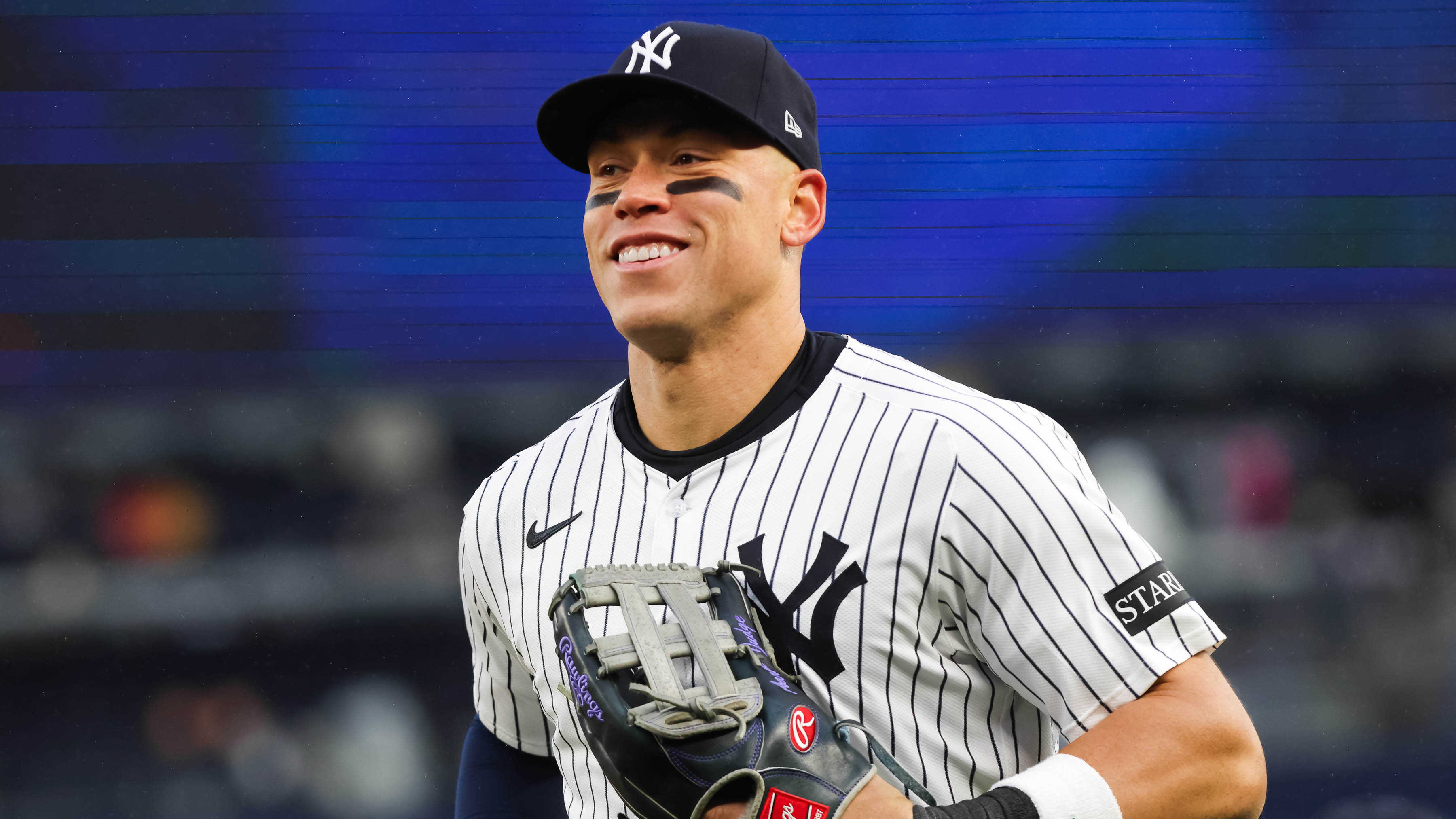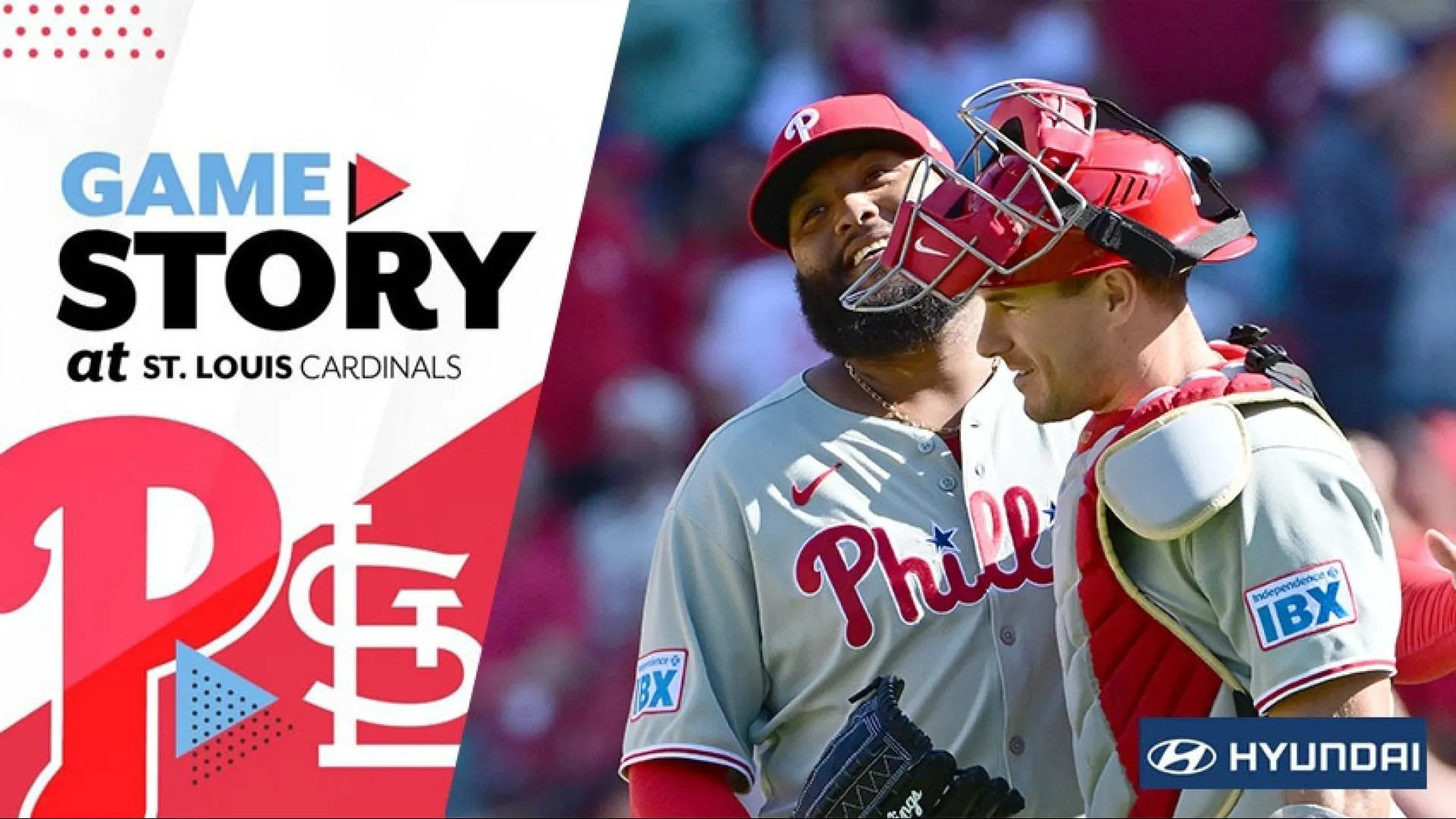
When Roy Halladay came to the Phillies in the winter before the 2010 season, he was a borderline Hall of Fame pitcher who needed several more dominant seasons and a deep playoff run or two to really cement his case for Cooperstown.
Not that anyone was thinking legacy at the time. Back then, those following the Phillies saw the trade with Toronto as yet another huge addition to a team that looked capable of contending for titles for years to come. The Phillies won a World Series two years prior with a playoff rotation featuring Jamie Moyer, Joe Blanton and Brett Myers — how could they not with Halladay and Cole Hamels fronting the staff?
Obviously, things didn't work out as planned. The Phillies had two terrific regular seasons, going 199-125 (.614) in 2010 and 2011, but lost in the NLCS to the Giants in '10 and to the Cardinals a round earlier in '11.
But even after the playoff loss in 2011, Halladay looked like a sure-fire Hall of Famer. He had those two more dominant seasons he needed, going 40-16 with a 2.40 ERA in 65 starts with 6.75 strikeouts for every walk. He completed 17 games, won a Cy Young in 2010 and was the runner-up in 2011.
At that point, Halladay was 34 years old, and his career numbers were remarkable for his era: 188 wins with a .671 winning percentage (numbers I'm citing first only because we're talking Hall of Fame here), and a 3.23 ERA.
Perhaps more importantly, Halladay also had two storybook performances with the Phillies, pitching a perfect game in May 2010 and the second-ever playoff no-hitter that ensuing postseason. Two games don't make a career, but they certainly add a delicious cherry on top for an already-worthy HOF candidate.
...
MLB
And then 2012 and 2013 happened.
The night I personally knew Halladay had fallen victim to Father Time was May 2, 2012, when the Phillies were in Atlanta.
The Phils staked Halladay a 6-0 lead and he gave it all back in a 15-13 Phillies loss. To that point, Halladay was 107-0 when given a lead of four runs.
That was Halladay's sixth start of 2012. Among his first nine, it was the only clunker. It would have been easy to dismiss as just one fluky game. After his next three starts — 22 innings, seven runs allowed — that's exactly what it looked like.
But it was a warning sign, a harbinger of things to come. You felt the tide begin to turn that night. Halladay, the warrior who was always enabled to stay in games after late mound visits from Charlie Manuel — and almost always went on to retire the next batter(s) — just no longer felt superhuman.
Because he wasn't. His shoulder was composed of the same bones, muscles, ligaments and tendons as the rest of us.
All those pitches, all those complete games had caught up to him. His shoulder wasn't the same. It had deteriorated to the point where Halladay was no longer able to place the ball exactly where he wanted. Those cutters to lefties and sinkers to righties weren't moving to exact spots like they had been for 10 consecutive seasons.
The rest of the story is well-documented. Halladay went 15-13 with a 5.15 ERA in his final two seasons with the Phillies, walking seven more batters than he did the first two years in 266 fewer innings. No lead was safe, no opponent (e.g. Adeinny Hechavarria) was too weak.
Fair or not, I think those final two years, which raised Halladay's career ERA from 3.23 to 3.38, subconsciously and slightly changed the perception of his legacy. Sometimes, Hall of Fame candidates suffer from weak seasons at the end of their careers. But Halladay wasn't merely hanging around to accumulate numbers in 2012 and 2013, so in a just world he shouldn't be penalized. It turned out he was just "hanging around," but none of us knew until it was too late.
Is he still a Hall of Famer? Yeah, I think so. But if we were discussing this topic after 2011, most would call him a first-ballot Hall of Famer, no questions asked. Now, it might take him two or three tries.
Doc was very clearly the most dominant pitcher of his era for a sustained period of time. He was doing it before Felix Hernandez and Clayton Kershaw burst onto the scene and after Pedro Martinez and Randy Johnson themselves began their journeys back to earth.
Halladay's detractors will look to his win total of 203 and say he didn't do it long enough or well enough. Anyone who watched him pitch and watched the sport change know that's poppycock.
There may never again be a 300-game winner. Hernandez and Kershaw have the best chance, and even they will need to average about 15 wins over the next 12 to 14 years. That assumes good health and unwavering durability, two things Halladay had from 2002 to 2011 before it all fell apart.
You simply cannot compare Halladay's numbers to pitchers of yesteryear. Bullpens weren't as specialized, which led to more wins for starting pitchers. Doc also spent 12 seasons in Toronto, and even in his peak years (2002 to 2009), the Blue Jays were 642-653. How many wins did Halladay lose by pitching on a mediocre team in a stacked division?
Baseball is all about eras, and Hall of Fame induction is all about judging a player's impact on his era.
Which pitchers from Halladay's era are even in the Hall of Fame conversation? CC Sabathia? Mark Buehrle? Tim Hudson? Not a chance.
Johan Santana didn't have the longevity. The only pitcher from the same era who may have a shot is Roy Oswalt, but he's more of a Mike Mussina-type, the kind of player who will be on the ballot for years before he maybe makes the Hall.
The lack of pitchers who were able to match Halladay during his 10-year peak will help his cause.
Halladay will first be eligible for the Hall of Fame's Class of 2019. That is also Mariano Rivera's first year of eligibility, and he's likely to garner 90-plus percent of votes.
Will Halladay get the necessary 75 percent in his first year of eligibility? Maybe. The only other borderline first-timers for that class will be Oswalt and Todd Helton, and they're not getting in on the first try, if at all. That lack of competition also helps Doc's case.
Halladay will make the Hall of Fame. It just might take a year longer than we would have expected after the 1-0, Game 5 NLDS loss to the Cardinals. We couldn't have known it then, but that was the last time he would ever truly look like more machine than man.




